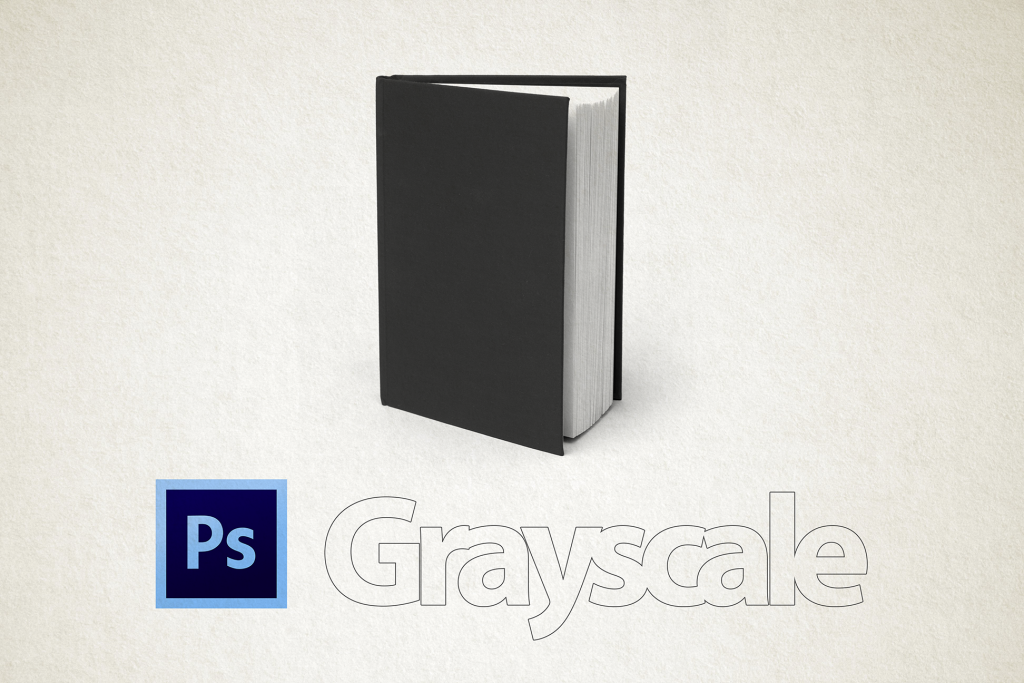Home
>
Images
>
Special finishes course – Grayscale files
Special finishes course – Grayscale files
Last modified: April 18, 2018

Grayscale files
- Grayscales should be saved as .tif or .psd files.
- Create separate image files for your special inks and finishes as opposed to combining spot colours in with the main colour image. This means that you can place them independently and on corresponding layers within your InDesign file. It also means that they can be removed easily by deleting a layer within InDesign, should any co-ed or future edition require it.
- Only use flattened grayscale files. Transparent/layered grayscales can cause issues which may not be visible on screen.
- Grayscale files can be coloured and tinted in InDesign via the Swatches panel (Window>Colour>Swatches).
- The tint weight applied within InDesign is relative to the pixel values within the actual image. So a grayscale containing pixel values up to 80% which is then tinted at 100% in InDesign will still produce 80%.
- They can contain tonal information including gradients and feathering.
- The recommended resolution for a grayscale is 300ppi and the minimum effective resolution is 250ppi.
- It must be set to overprint via the InDesign’s Attributes panel (Window>Output>Attributes).
- Do not alter its opacity as this can cause issues which may not be visible on screen. It should always be set to 100% opacity.
- Any area of a grayscale (including the 0% areas) will knockout any other element of the same colour it overlaps, even when it is set to overprint. If you need to overlap them simply turn off overprint and apply the Darken blend mode via InDesign’s Effects panel (Window>Effects).
Click here to navigate back to the Contents page.

